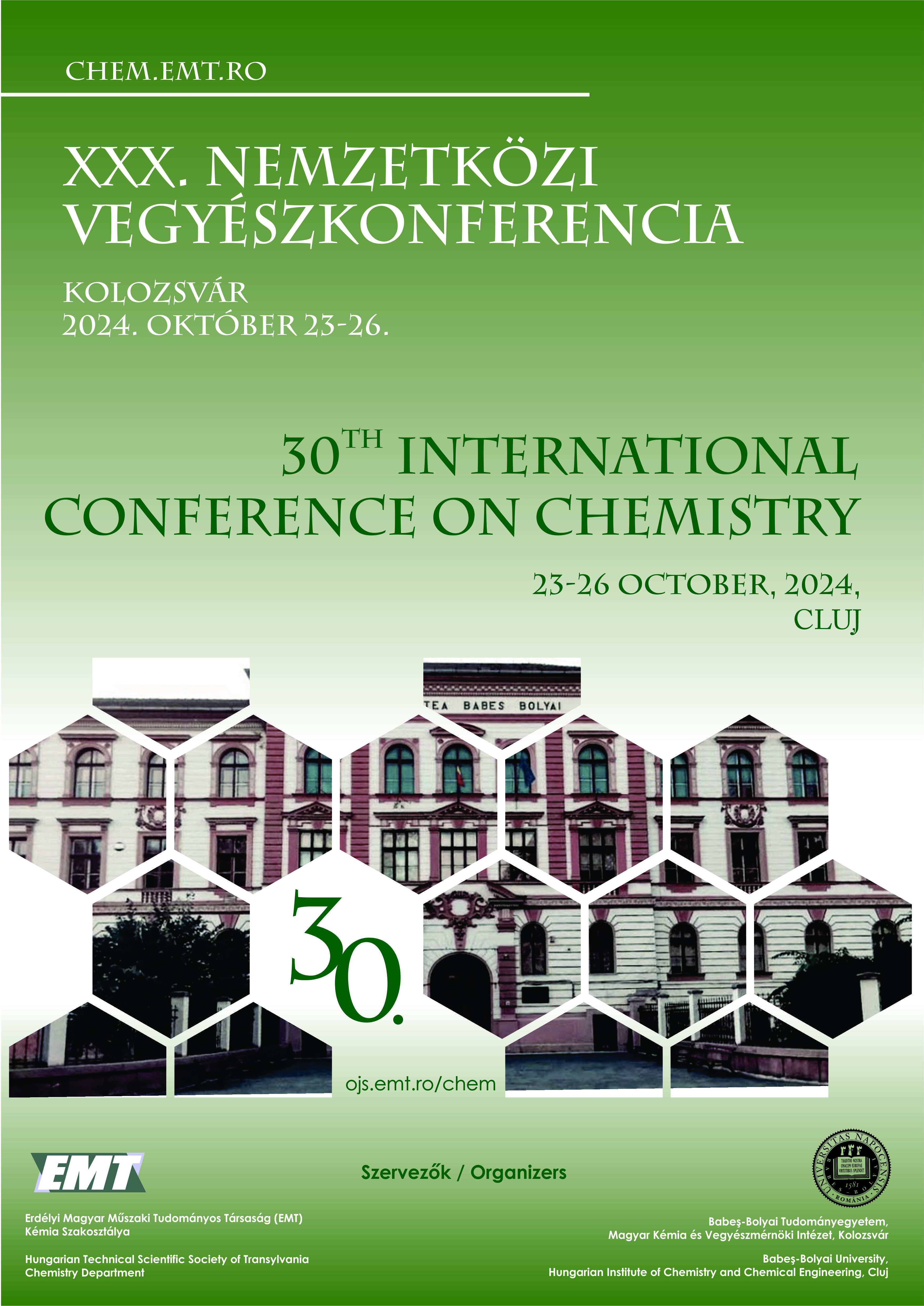Húsipari szennyvíziszapok anaerob fermentációjának nyomon követése a dielektromos tulajdonságok segítségével
Húsipari szennyvíziszapok anaerob fermentációjának nyomon követése a dielektromos tulajdonságok segítségével
Keywords:
dielectric constant, meat industry, sewage sludge, microwave treatment, /, dielektromos állandó, húsipar, szennyvíziszap, mikrohullámú előkezelésAbstract
The quantity of wastewater is increasing year by year, because of this research on innovative wastewater and sludge treatment technologies is necessary. Anaerobic fermentation can effectively stabilize sewage sludge and create biogas. Anaerobic digestion is a complex process, so monitoring it is crucial. We monitored the progress by measuring the dielectric properties of the sludge samples. The results demonstrate that dielectric measurements are a promising alternative for monitoring fermentation since there is correlation between the changes in the value of the dielectric constant and the progression of the fermentation. Sewage sludge from the meat industry is not ideal for biogas production, it’s properties can be improved through pretreatment methods. We examined the impact of microwave irradiation combined with magnetite nanoparticles on the quantity and quality of the biogas produced: the methane content of the biogas remained unchanged while the gas yield increased.
The authors are grateful for the financial support provided by the national research, development and innovation office (NKFIH) under the project FK-146344. The research was supported by the University Research Fellowship (EKÖP).
ÖSSZEFOGLALÓ
A civilizációnk által termelt szennyvíz mennyisége évről évre nő, ezért egyre fontosabbá válik a szennyvíz(iszap)kezelési módszerek kutatása. A szennyvíziszap anaerob fermentációban való felhasználásával hatékonyan stabilizálható, emellett melléktermékként biogázt kapunk. Az anaerob lebontás összetett folyamat, ezért nyomon követése alapvető fontosságú. Munkánk során az iszapminták dielektromos tulajdonságainak mérésével követtük nyomon a folyamatot. Az eredmények azt mutatják, hogy a módszer ígéretes az anaerob fermentáció nyomon követésére, mivel egyértelmű összefüggés van a dielektromos tulajdonságok és a fermentáció előrehaladása között. A húsipari szennyvíziszap nem ideális alapanyag biogáztermelésre, tulajdonságai megfelelő előkezelési módszerekkel javíthatók. Megvizsgáltuk a magnetit nanorészecskékkel kombinált mikrohullámú besugárzás hatását az előállított biogáz mennyiségére és minőségére: változatlan minőség mellett a kezelés növelte a gázhozamot.
A kutatók köszönetet nyilvánítanak az Nemzeti Kutatási, Fejlesztési és Innovációs Hivatal NKFIH, FK-146344 projekt által nyújtott anyagi támogatásért. A kutatást az Egyetemi Kutatói Ösztöndíjprogramja (EKÖP) támogatta.


